Algaescape
Submission to the 2014 Land Art Generator Initiative Copenhagen design competition
Artist Team: Tobias Anderson, Adam Pajonk
Artist Location: Münster, Germany
Energy Technologies: microalgae bio-reactors (algae biogas production)
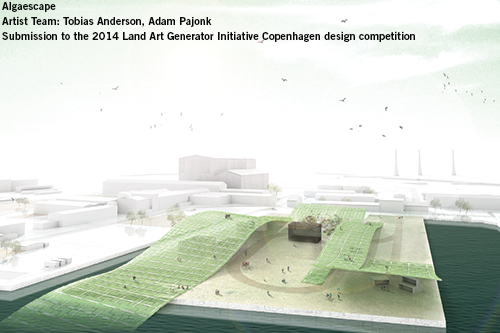
Algae tubes, which are typically used in algae reactors, are replaced by flexible plastic sleeves and woven into a textile for algaescape. During the weaving process, different layers can be applied to the algae mesh along with a supply and control system, which is necessary for algae growth. This textile can then delineate and connect the spaces below and above it. Variations in transparency change the appearance of the mesh with the increase and decrease in the algae population. With all stages in the process open to view, algaescape becomes a place to learn about the science of biomass production.
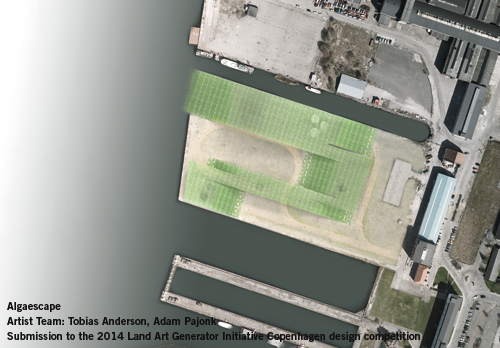
The installation provides a closed and efficient resource loop between the city, its infrastructure, and energy production. Algaescape takes carbon dioxide and nutrient-rich wastewater and produces algae biomass and oxygen through photosynthesis. It works like a filter for the city, cleaning the air and water. The algae can be processed for food production, cosmetics, and for energy production in the form of either liquid fuel and/or gas.
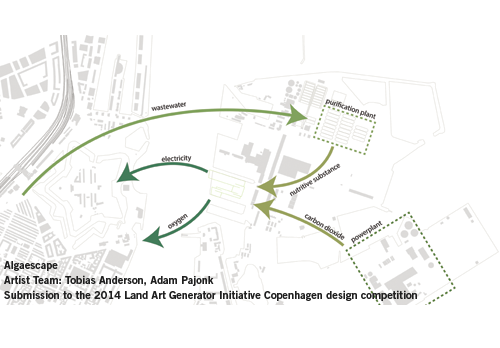
The algaescape mesh is designed to be inhabited by visitors who can enjoy a variety of activities, such playing sports, viewing the cityscape, or walking off its edge to go for a swim. Illuminated by energy efficient LED lights at night, algaescape will be visible from across the harbor.
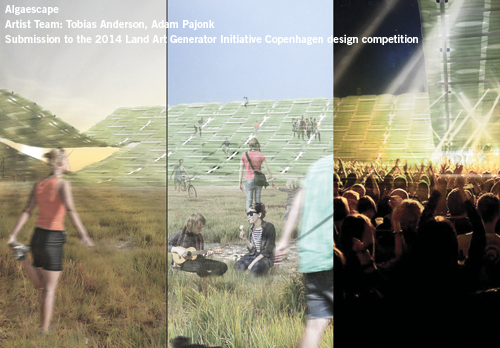
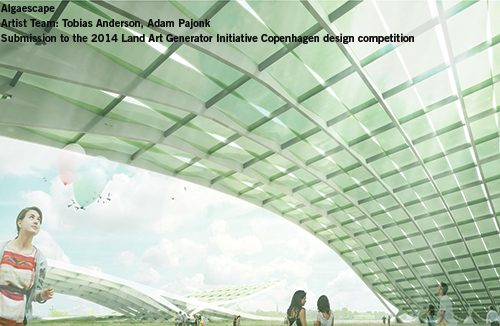
Related Posts
1 Comment
Add comment Cancel reply
This site uses Akismet to reduce spam. Learn how your comment data is processed.

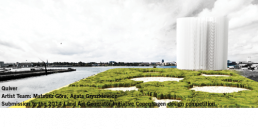
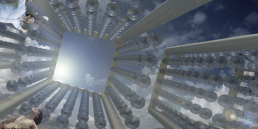
[…] ALGAESCAPE […]